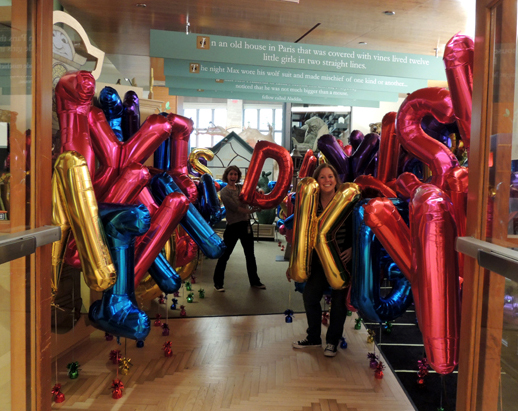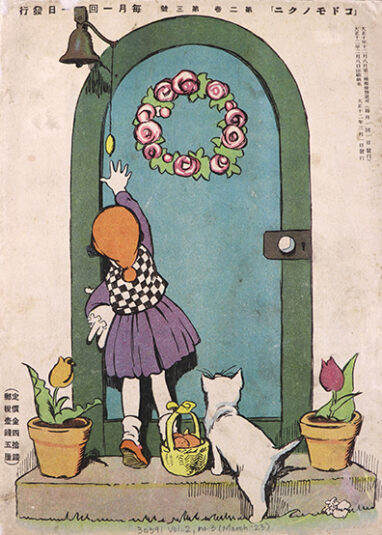 It’s time for the annual #ColorOurCollections, hosted by the New York Academy of Medicine! Each year libraries, archives, and cultural institutions around the world share free coloring sheets based on their collections.We’ve shared birds and alphabets, but this year we just wanted…CUTE ANIMALS. So we delved into our vaults for Kodomo no kuni (The Land of Children), a Japanese children’s magazine that was in circulation from 1922-1944. It did not disappoint!
It’s time for the annual #ColorOurCollections, hosted by the New York Academy of Medicine! Each year libraries, archives, and cultural institutions around the world share free coloring sheets based on their collections.We’ve shared birds and alphabets, but this year we just wanted…CUTE ANIMALS. So we delved into our vaults for Kodomo no kuni (The Land of Children), a Japanese children’s magazine that was in circulation from 1922-1944. It did not disappoint!

You can find our awesome coloring pages here, and you can read more about the magazine in this excellent post on Cotsen’s curatorial blog. If you’re still hankering for cute animals, try some of our blog projects, starting with this bouncy bunny cup!
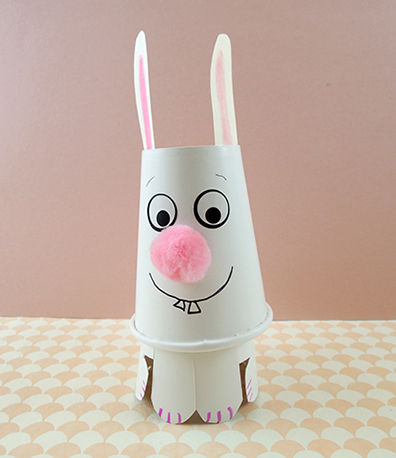
Or fancy up a hamster…
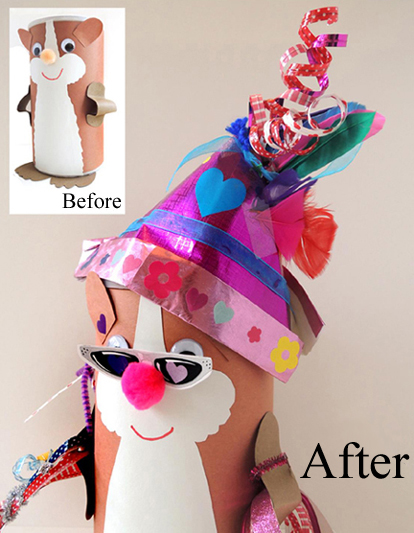 Perhaps you’d like to expand to entire household with this tiny dog house
Perhaps you’d like to expand to entire household with this tiny dog house
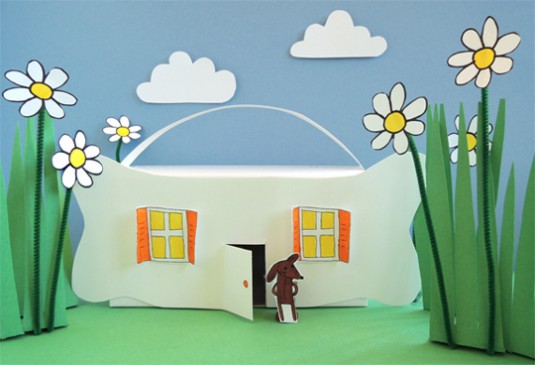
Or craft a very learned canary…
 Even alligators can be cute (and this one is a chomping puppet!):
Even alligators can be cute (and this one is a chomping puppet!):
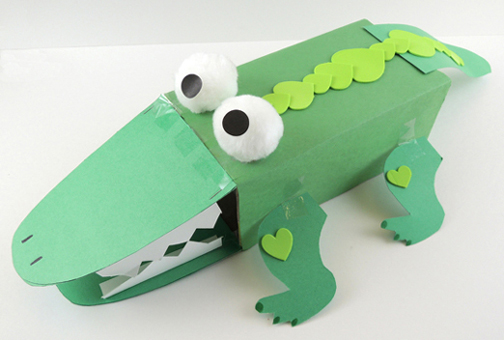 Or make up your own animal entirely!
Or make up your own animal entirely!
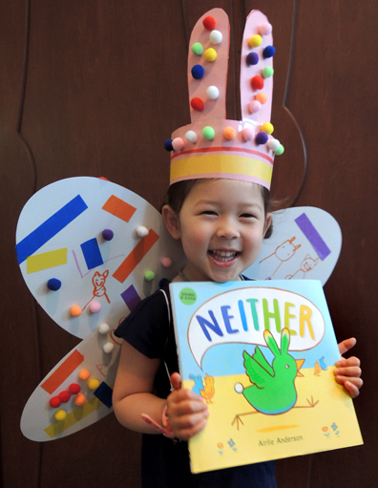

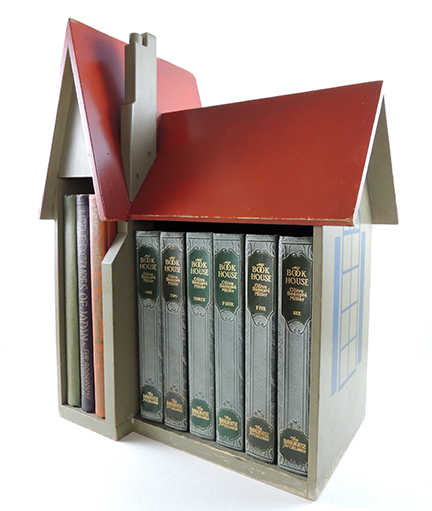
 As you can see, this particular item houses nine books, and the quality of the illustration and print is remarkable. Just look at the end papers for Tales Told in Holland:
As you can see, this particular item houses nine books, and the quality of the illustration and print is remarkable. Just look at the end papers for Tales Told in Holland: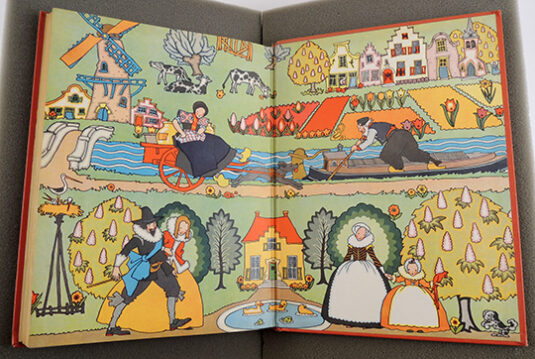
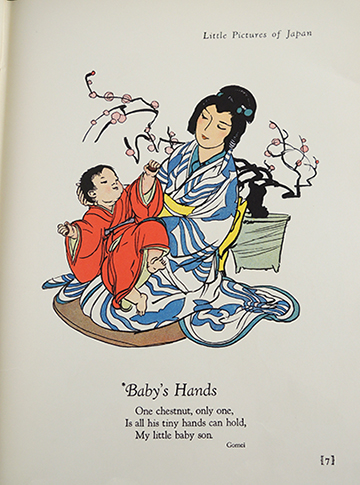

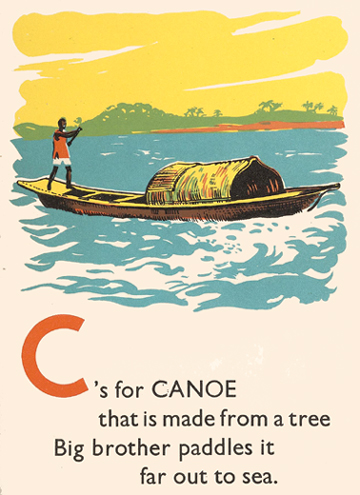
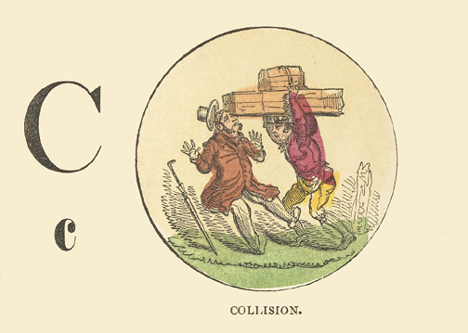
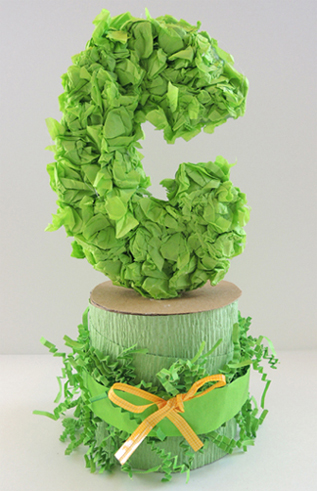
 A popular
A popular 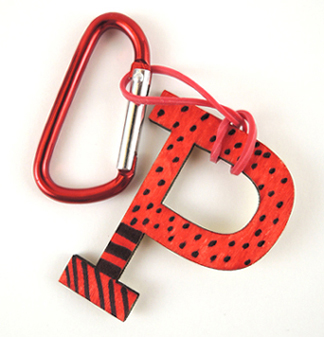 Our review of some awesome
Our review of some awesome  We discover the cutest
We discover the cutest 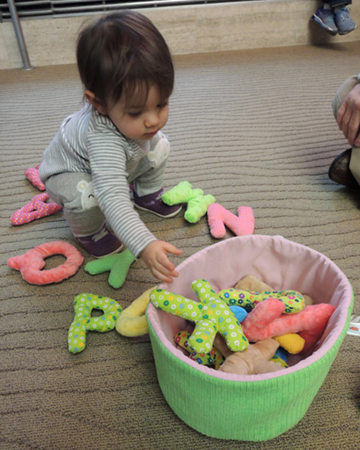
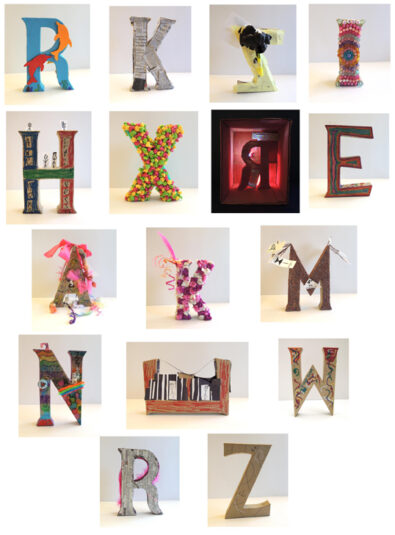
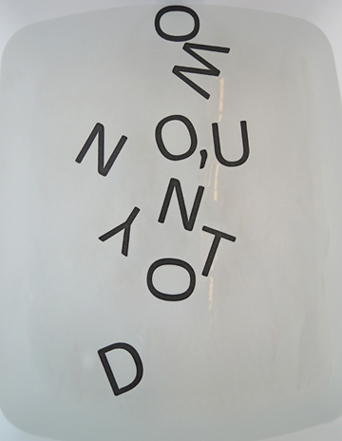 Annnnnnd there was that time we
Annnnnnd there was that time we 